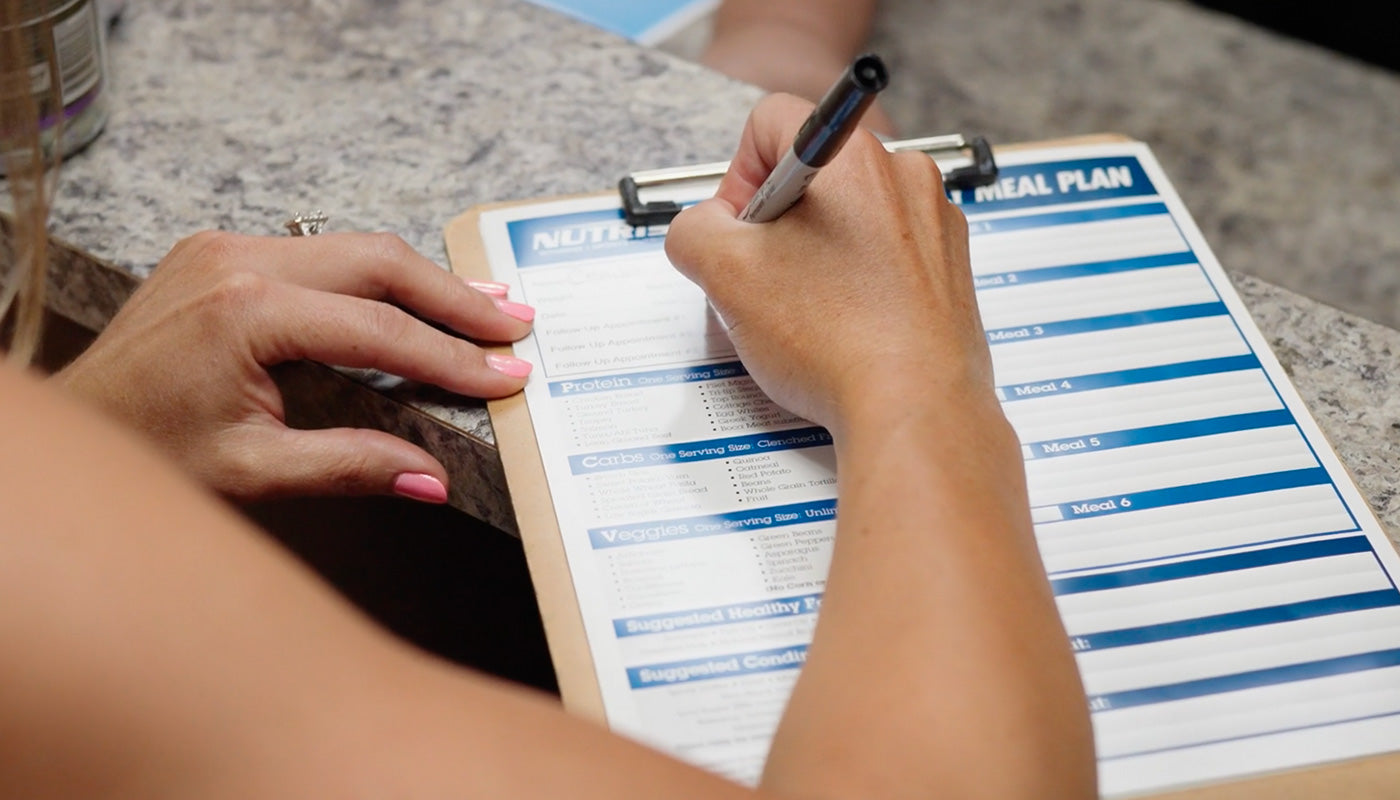Jack Ma, Chinese business magnate and chairman of Alibaba Group, recently predicted that in 30 years the average person will work about four hours per day, three days per week. Automation and artificial intelligence are beginning to dominate the service industry. Brick and mortar are competing with the convenience of online commerce. And all of this is changing the way we work.
Some fear the replacement of human workers with robots. Ma has also said that one day, we will see a robot on the cover of Time Magazine as “the best CEO.” But Ma is not pessimistic. “Machines will do what human beings are incapable of doing,” Ma said. “Machines will partner and cooperate with humans, rather than become mankind’s biggest enemy.”
For some of us, working less and letting the robots take care of business sounds like paradise. We’ll travel more, read that book we’ve been wanting to finish, take up golf, and (of course) make time for the gym. Right? Perhaps. And yet, if you look at the average American workweek in 2017, and compare it to 1917, or 1817, the numbers have been gradually plummeting for centuries. On the other hand—and over the same period—obesity has increased at an alarming rate.
“My grandfather worked 16 hours a day in the farmland,” Ma said. “We work eight hours a day, five days a week, and think we are very busy,” he added.
In the past, work was time-consuming. If you worked in agriculture, you worked around daylight hours and fought the weather. If you needed to communicate with someone from a different city, let alone country, Zoom was not an option. And machinery, assembly lines, and the free flow of goods has been making life easier since the Industrial Revolution.
Today, I can send an email to a business associate in New York. I can live 35 miles from my place of work, and hop on a freeway, or even work remotely via the Internet. I can work anytime I want, rain, snow, or shine. And if I want cream in my coffee, I’m not milking the cow myself. What is wrong with this picture?
Stop Sitting
One reason we are working less and gaining weight is the sedentary nature of service-sector work. Many of our grandparents and great-grandparents used their bodies while working – in factories, on farms, or even as homemakers.
You’ve probably heard it said that “sitting is the new smoking.” Research has suggested that too much sitting increases your risk of numerous health problems, including cardiovascular disease. It also leads to increased body fat around the waist.
Just because you may be replaced by a robot, doesn’t mean you need to act like a robot. If you catch yourself sitting for a long period of time, force yourself to stand up and move.
Never let yourself sit for more than an hour. If you have 10 or 15 minutes, that is usually enough time to walk around the building, up a flight of stairs, or out to your car and back. If you have an hour, walk to lunch. In fact, make moving a part of your work, rather than just a break. Instead of emailing your coworker from two doors over, get up, walk 20 feet, and talk to them in person.
Start Moving
So many of us spend thousands of dollars each year on gym memberships we never use, just for the comfort of knowing we could get a workout in one of these days. And yet, you can turn your office into a mini gym for free.
Do a wall-sit. Begin with your back against the wall, and slide down while bending your knees into a sitting position. Get your legs parallel to the floor, and hold for 60 seconds.
There are so many easy workouts we do can while in your office – chair squats, leg extensions, chair dips, knee pull-ins, and oblique bends, planks, crunches, just to name a few.
If you have space, leave a mat, a medicine ball, and a kettlebell in your office at all times.
Stop Munching
First and foremost, stay away from people with candy jars. If someone is selling candy for their kid’s fundraiser, you don’t have any cash on you (no, you really don’t).
Now, you will probably be offered sweets the next time someone has a birthday, a baby, or a going-away party. You don’t need to be the rude person who refuses someone’s homemade cupcakes. But after you’ve had one, just know that the leftovers are going to be sitting in the break room for the rest of the day. You are going to stay out of that break room.
In fact, never go into the break room the day after a major holiday. These are usually the days when everyone decides to (a) go on a diet, and (b) purge their kitchens of all holiday sweets and leftovers, by pawning them off on unwitting coworkers. The post-holiday break room becomes, at once, the beginning and end of everyone’s diet.
Bring a Lunch
In general, if you didn’t make it, don’t eat it. If everyone is going to lunch, go for a drink and to socialize. At the very least, try to have a rule, like only eating out on Fridays.
By making your own lunch, you stay in control. The best practice here is to prepare your lunches for the week in advance. Go grocery shopping on Sunday afternoon, come home, and start prepping five days of well-portioned lunches.
Take the Long Way
Easy enough – stay out of elevators and always take the stairs. Of course, if you are on the fiftieth floor, you may want to modify this one.
Safety in Numbers
Most importantly, get your coworkers to join. This will instill accountability and help you bond with coworkers. Make office fitness a team sport.







